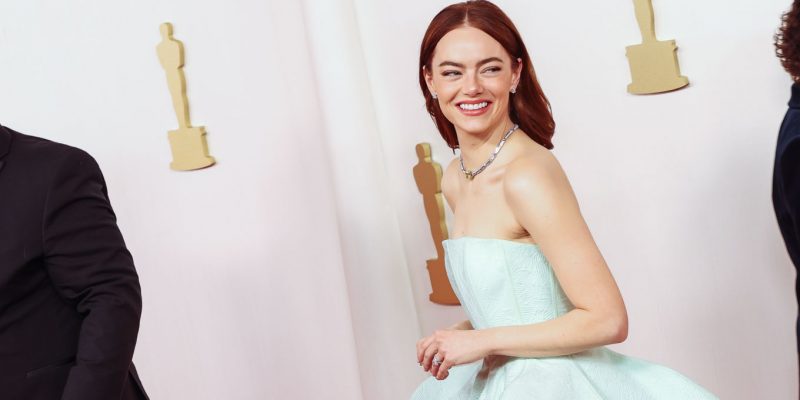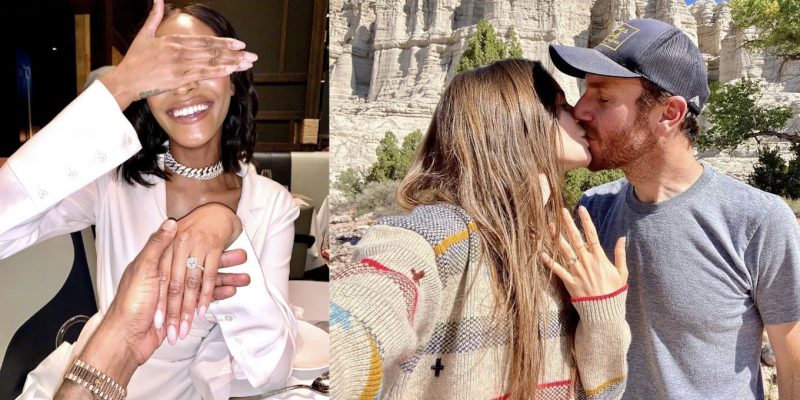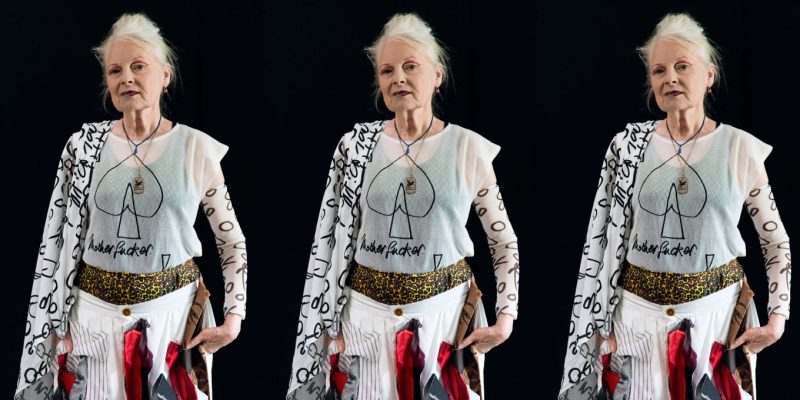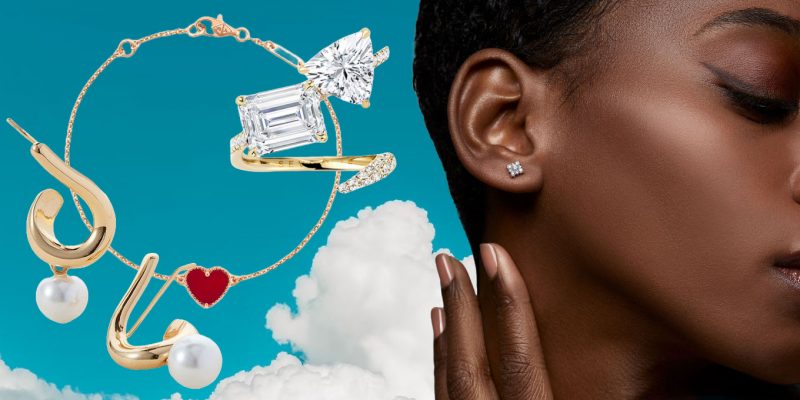Fashion
Fashion with compassion
Treana Peake helps build wells in South Sudan with her Obakki collection.
by : Alannah O'Neill- Mar 29th, 2012
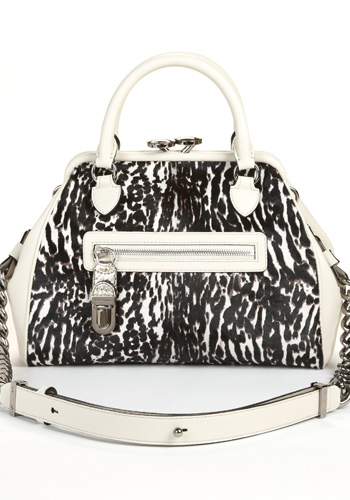
Treana Peake isn’t your average fashion designer. The Vancouver-based style maven, who is best known as the creative force behind international fashion label Obakki, is also passionate philanthropist. She founded the non-profit Obakki foundation in 2009, which uses fashion and the creative arts as a fundraising vehicle to help provide clean drinking water to people in South Sudan and Cameroon. We caught up with Peake to talk stylish beginnings, fall/winter inspiration, and her work with the Obakki foundation.
When did you first become interested in fashion? “It’s funny, I went to Washington last week to speak at the Senate and they wanted to hear my story about how I merged fashion and philanthropy. As a kid I was always really creative, but I also showed early signs of being a businesswoman. I even started a detective agency in my mom’s closet! My creative side led me to fashion, but in the meantime I was watching World Vision commercials that I had taped off the TV. So I decided to apply creativity to my development work.”

What’s the inspiration behind the Obakki fall/winter 2012 collection? “The inspiration is South Sudan, which is such an incredible place. I based one of my pieces off a traditional Dinka bodice—except the Dinka tribe usually make their bodices out of beads. There are so many tribes in South Sudan, which is one of the reasons why there are tensions, but I wanted to do a modern interpretation of the things I was seeing on the ground. I thought, ‘If I have a great story, but a collection that’s not wearable, no one is going to care.’”
Read more about Treana Peake’s fashionable philanthropy…
You released a video about your inspiration for fall, with footage from your last trip to South Sudan. It’s clear where you derived your colour palette from! “Yes! Also, we did custom prints. The grid from a tree influenced one print. We referenced fur, because it’s tribal and in Sudan they use the animal for absolutely everything. We put copper detailing in some pieces because after years of civil war, there are bullets all over the ground. Other pieces are influenced by smoke.”

When did you first visit Sudan? “I’ve been going to Africa for 18 years, typically to Cameroon. I’ve helped build schools, hospitals, worked in orphanages, worked with women empowerment issues. I first visited South Sudan two years ago. The first time I went, we drilled a well. A year later, I went back to the same location to see what difference it made. It was unbelievable. There were houses built—before, nobody would build houses, because everyone was constantly roaming for water. So the houses are built, the crops are planted, the kids are in school. One water well does that, and since then we’ve done 300."

You showed your fall/winter 2012 collection during New York Fashion Week. What was that experience like? "It was amazing. I cast as many South Sudanese models as I could. These girls had actually fled from Sudan, actually, so I contacted them and cast them in the fashion show, and I was blown away to see them walk down the runway."
Read more:
Toronto Fashion Week: Lucian Matis, Fall/Winter 2012
Toronto Fashion Week: Joe Fresh, Fall/Winter 2012
Experience Toronto Fashion Week like an ELLE Editor: What to wear
Fashion accessories: Good luck jewellery
Newsletter
Join our mailing list for the latest and biggest in fashion trends, beauty, culture and celebrity.
Read Next
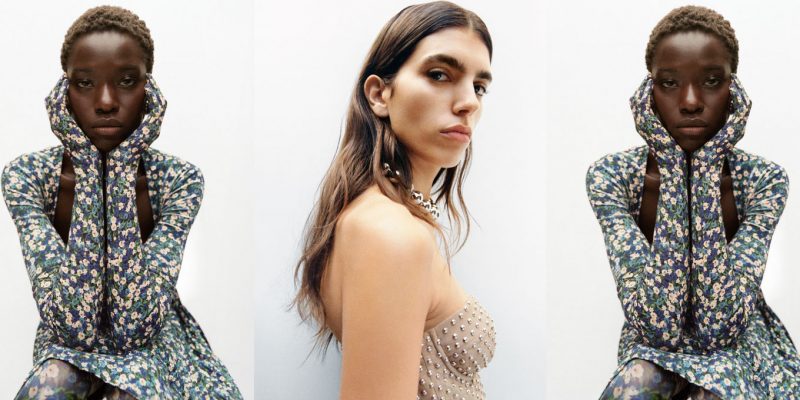
Fashion
H&M's Latest Designer Collab With Rokh Just Dropped (And It's So Good)
We chatted with the emerging designer about the collaboration, his favourite pieces and more.
by : Melissa Fejtek- Apr 18th, 2024
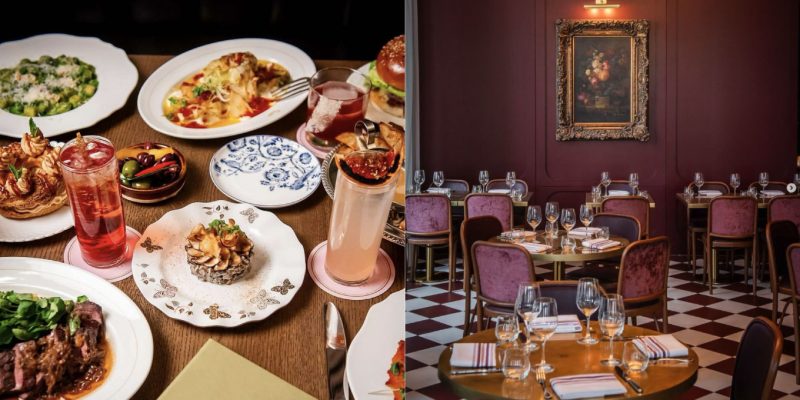
Culture
5 Toronto Restaurants to Celebrate Mother’s Day
Treat your mom right with a meal at any of these amazing restaurants.
by : Rebecca Gao- Apr 18th, 2024
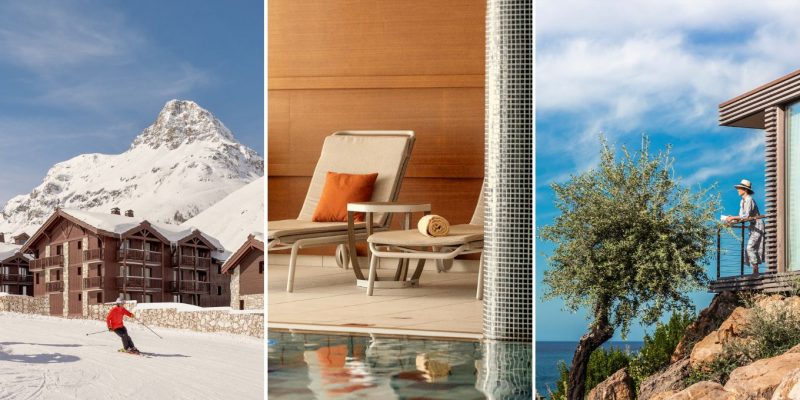
Culture
Discover Club Med’s Stunning Exclusive Collection
Vacation destinations that bring pure luxury and comfort.
by : ELLE Canada- Apr 8th, 2024

